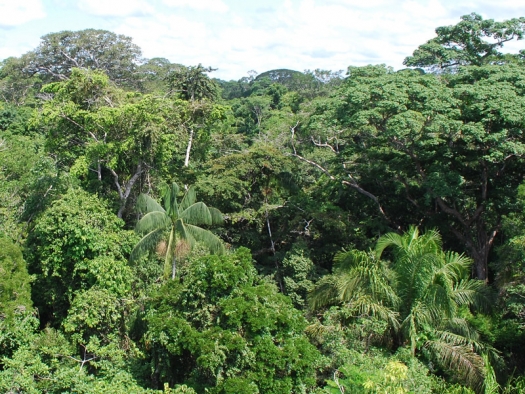Did you know that, according to the World Health Organization, 80% of the globe still relies on herbal medicine as their primary form of healthcare? (Let that sink in for a second!)
For hundreds of years, many frontiers in medicine have been crossed, and new technological advances have been made. Yet after all this time, most human beings still continue to rely on the natural world for healing — and that’s really saying something. Even with this statistic (and despite all our modern medicines) however, we might still rely on the natural world more than we think.
When we dig into the facts — especially about the sources of our pharmaceuticals — that 80% statistic could be a low estimate! 74% of our pharmaceutical medicines come from plants (and 18% come from fungi). But apparently 25% of all western pharmaceuticals come from rainforest plants — and plants native to the Amazon rainforest in particular!
It’s no wonder then that the Amazon rainforest is often called “the medicine cabinet of the world.” And although this amazingly massive ecosystem (over 2 million square miles!) is the home to about 40,000 plant species discovered thus far……only 1% of these have been tested for medicinal use. Some medicines you have probably already used — and some you might use every day! — are derived directly from Amazon plants. Some of these include:
- Novocaine (topical anaesthetic)
- Quinine (for fighting fevers and malaria)
- Turbocuarine (anaesthetic for surgery)
- Cortisone (made from wild yam for birth control pills)
- many others
Although these medicines are ultimately manmade and created in laboratory settings, the implications of this are huge. Even more rainforest plants of the Amazon (like lapacho, cordoncillo, and sodo) are being examined for their properties and potential for pharmaceutical drugs: such as for fighting cancer, supporting recovery from chemotherapy, helping quit smoking or alcohol, and more.
All this means, whether we prefer “conventional” or “alternative” medicine, we are inextricably linked to nature when it comes to healing ourselves. But more importantly, the sources of these medicines (including the Amazon rainforest) should be protected and treated with respect.
It definitely isn’t breaking news that the Amazon rainforest is under extreme peril and stress from human activity. Logging, farming, and other factors are not only a threat to the indigenous people living there — but also to animals, plants, and insects that dwell in the Amazon rainforest, too. We might not think about it this way, but these threats to the Amazon are a real threat to the future of medicine, too.
According to statistics, 1.5 acres of pristine Amazon rainforest is lost every second. Considering how we haven’t yet discovered all the plant species that thrive there, let alone the ones that could guide the way for the future of medicine... this is a staggering loss.
If you want to learn more about protecting the Amazon rainforest (and the future of medicine), check out the work of organizations like Rainforest Foundation U.S. and Amazon Watch. For additional information, visit the Earth Conscious Life website.



